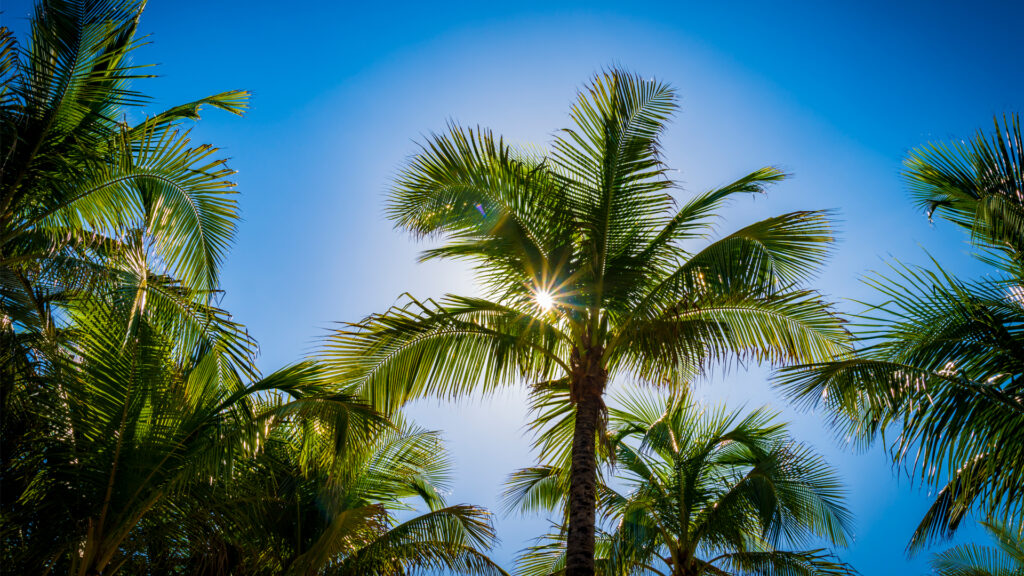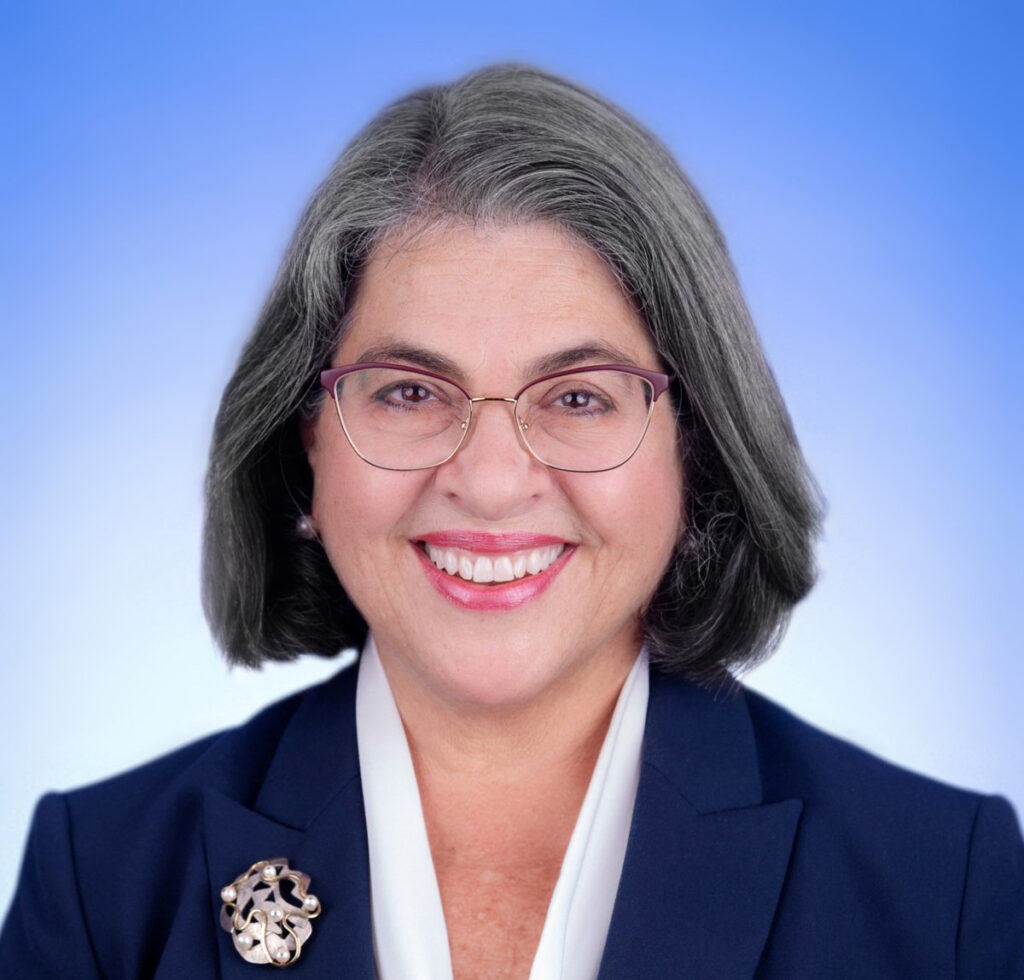By Daniella Levine Cava, Miami-Dade County mayor
Miami-Dade County has come a long way in terms of recognizing the importance of reforestation and growing our tree canopy. What once was considered a beautification effort is now widely understood as an essential part of building a more resilient, safe and thriving community for all.
Trees help keep us cool, prevent flooding, purify our air and stormwater, and improve our quality of life. In the face of a changing climate, strategically planting them and ensuring they thrive is more urgent than ever.
That’s why my administration has taken unprecedented steps to increase funding, align resources and more accurately map the county’s tree canopy to better meet our ambitious, community-wide goal of creating robust, resilient and equitable tree cover across Miami-Dade.

In the last two years we increased our annual budget for reforestation efforts by over 70% compared to 2021. This has helped us maximize opportunities and double the number of trees planted at parks and green areas, as well as in roadways, at county buildings and in environmentally endangered areas.
But tree cover is not just an environmental priority — it’s an equity issue, too. The communities most vulnerable to climate change are those that have fewer trees around homes and neighborhoods. I am very proud of the ways in which my administration is focusing county resources on expanding tree planting and tree giveaways in targeted areas that have less than 20% tree canopy and greater than 20% poverty rate.
Ninety-five percent of our tree planting investments in parks and around county buildings have focused in low canopy areas. We have also focused our tree giveaway programming to reach residents within our targeted areas resulting in an additional 10,000 trees provided to residents to plant each year. And we are close to finalizing our contract with the U.S. Department of Agriculture to implement a $10 million grant to plant trees primarily on streets in our targeted areas over the next five years. This will be a real game-changer to address tree-canopy inequities.
I’m proud of the progress we have made to tackle this enormous challenge. But it’s clear this is a life-long commitment and that government cannot do this alone — especially when the majority of the land where we need to plant trees is not publicly owned. In urban forests, 80-85% of trees are found on private property.
This means we’re not only looking at how to more meaningfully address canopy obligations on private sites through land development and permitting, but we are also working beyond our jurisdiction and partnering with those who share our mission. In the last year, we provided matching grants to 16 municipalities and established a partnership to plant more trees at public schools, churches and congregations, thanks in large part to the work of faith coalition People Acting for Community Together (PACT). The School Board and the faith community collectively own more land than the county in the areas of most need.

While we have made progress, we have also suffered losses due to major storms, rapid development, weakening of local tree protection ordinances by the state, pests like pine bark beetles and disease. These factors negatively impact our tree canopy — and mean that we have to work even harder just to maintain the 20% of tree cover that has taken years to grow. This challenge is not unique to Miami-Dade; last month, a new report from Harris County, Texas, highlighted that their community appears to be losing more trees than they are planting.
The good news is that public interest and support to invest in growing our tree canopy has grown significantly in the last two decades, just like our tree canopy. Back in 2007 when the Board of County Commissioners set a goal of reaching a 30% tree canopy goal, many people did not yet understand the importance of a healthy tree canopy to our neighborhoods, our climate and our workers. At that time, Miami-Dade stood at only 12% tree canopy. We now have an average canopy coverage of about 20% and a growing community that truly cares and holds us accountable.
Miami-Dade County is committed to doing everything we can to reverse the loss of trees through smart policy, targeted planting and perhaps most importantly — robust community-wide collaboration. We can’t meet our tree cover goals without the commitment and support of our residents.
Daniella Levine Cava is mayor of Miami-Dade County. This opinion piece was originally published by the Miami Herald, which is a media partner of The Invading Sea.
If you are interested in submitting an opinion piece to The Invading Sea, email Editor Nathan Crabbe at ncrabbe@fau.edu. Sign up for The Invading Sea newsletter by visiting here.



